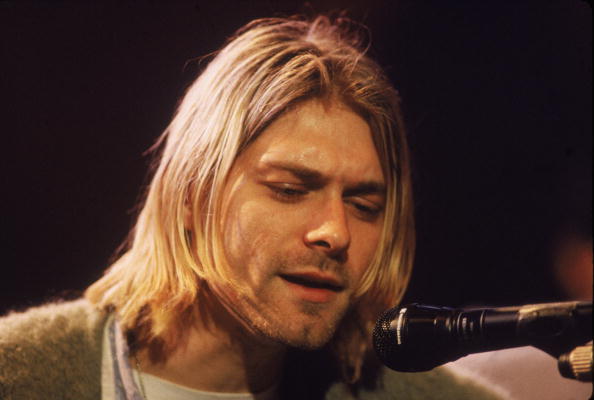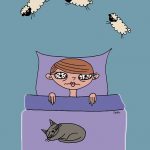Suicide is death resulting from an intentional, self-inflicted act, with evidence (either explicit, such as a note that clearly communicates the person’s expectation of death, or implicit, such as the mode of death, as when a person is found hanging in their locked home) that the person intended to die by his or her own hand.1
Suicide represents the primary cause of death among patients suffering from mental disorders. In up to 90% of cases, death by suicide occurs in the active phase of a mental disorder, although in a percentage of cases, the disorder, often a depressive reaction, can follow chronic and severe medical illness.
In an analysis of deaths from suicide in different occupational groups for people aged 20 to 64 years, based on deaths registered in England between 2011 and 2015, people working in culture, media and sport occupations were found to have a 20% increased risk of suicide with rates highest for musicians, actors and entertainers.2 Stack (1997) examined suicide rates among Americans in the arts and found that artists were three times more likely to commit suicide than nonartists. Suicide among artists seems to have a peculiar pattern, clearly different from the pattern of the general population, wherein suicide risk is higher among men and older people.
Possible links between music and suicide
- Availability of alcohol and drugs
- Disruption to personal relationships
- Higher rates of mental illness
The concept of a link between creativity and mental illness has been extensively discussed and studied by psychologists and other researchers for centuries. According to University of Westminster study titled “can music make you sick?”, among 2,211 professional musicians, 71.1% of respondents believed they had experienced incidences of anxiety and panic attacks and 68.5% of respondents experienced incidences of depression. 52.7% found it difficult to get help and 54.8% considered there were gaps in the provision of available help. The study also revealed that although artists find solace in the production of music, the working conditions of forging a musical career are traumatic. Music making is therapeutic, but making a career out of music is destructive. One of the major reason behind such high prevalence was poor working conditions involving precarious nature of the work, an inability to plan ones time/ future, he nature self-employment, anti-social hours, exhaustion, and, crucially, low or often zero pay. Other reasons given were a lack of recognition for one’s work, a lack of transparency in contracts and the welding of music and identity into one’s own idea of selfhood.
Research history shows three principles about lateralization of emotions:
- They are better recognized by the right hemisphere
- Controlling emotions expression and its related behavior is done by the right hemisphere
- The right hemisphere is responsible for negative feelings and the left hemisphere for the positive ones.
Considerable evidence indicates that lesions of the right hemisphere disrupt painting and musical skills more severely than comparable lesions of the left hemisphere (Alajouanine, 1948; Basso & Capitani, 1985; Beatty, Winn, Adams, Men, Wilson, Prince, Olson, Dean, & Littleford, 1994; Wer, Boone, Cummings, Read, & Mishkin, 2000). Asymmetries in cerebral functioning have also been detected in severe mental disorders, and these hemispherical differences could have been reflected in the course and outcome of the Illness (Crow, 1990). Paying greater attention to these difference may shed light on the mechanisms involved in the creative process and on the links, if they exist, between neurochemical and neuroanatomical abnormalities associated to mental disorders and creativity.3
It is suggested that the same changes in the serotonergic system that are associated with depression in general and with impulsive suicides and homicides in the extreme may also be responsible for an element of risk taking that characterizes creativity and innovation in a person psychodynamically predisposed to being creative.4
A survey was completed by the University of North Texas to find out more about the perception of addiction among this particular group of people, and what they found was that: Only 15% of those surveyed claimed that they believed that musicians and artists do not use drugs. The drugs that were thought to be used most often were amphetamines, marijuana and cocaine. 20% of classical musicians reported widespread drug use. That percentage doubled to 40% for non-classical musicians. Female artists and musicians were considered to be at a much lower risk for addiction than males. Addicted artists and musicians are those who tend to experience pleasures more weakly than other people, but they are more likely to use larger amounts, and use more often in order to achieve the desired amount. If artists and musicians have low-functioning dopamine systems, they are much more likely to be risk takers and exhibit compulsive behaviors. These characteristics are what is required within someone who is creative, but they are also the characteristics that often lead to addictions.5
Hall of Fame
“It’s better to burn out than fade away” – Kurt Cobain (Nirvana)
“My whole life, I’ve just felt a little off” – Chester Bennington (Linkin Park)
“I killed myself, threw away my mental health, but nobody was blinking an eye … Nothing left to say but goodbye.” – Chris Cornell (Audioslave, Soundgarden)
“I have dedicated my whole life towards music, practice and perfection.” – Rahul Rai (Tribal rain)









